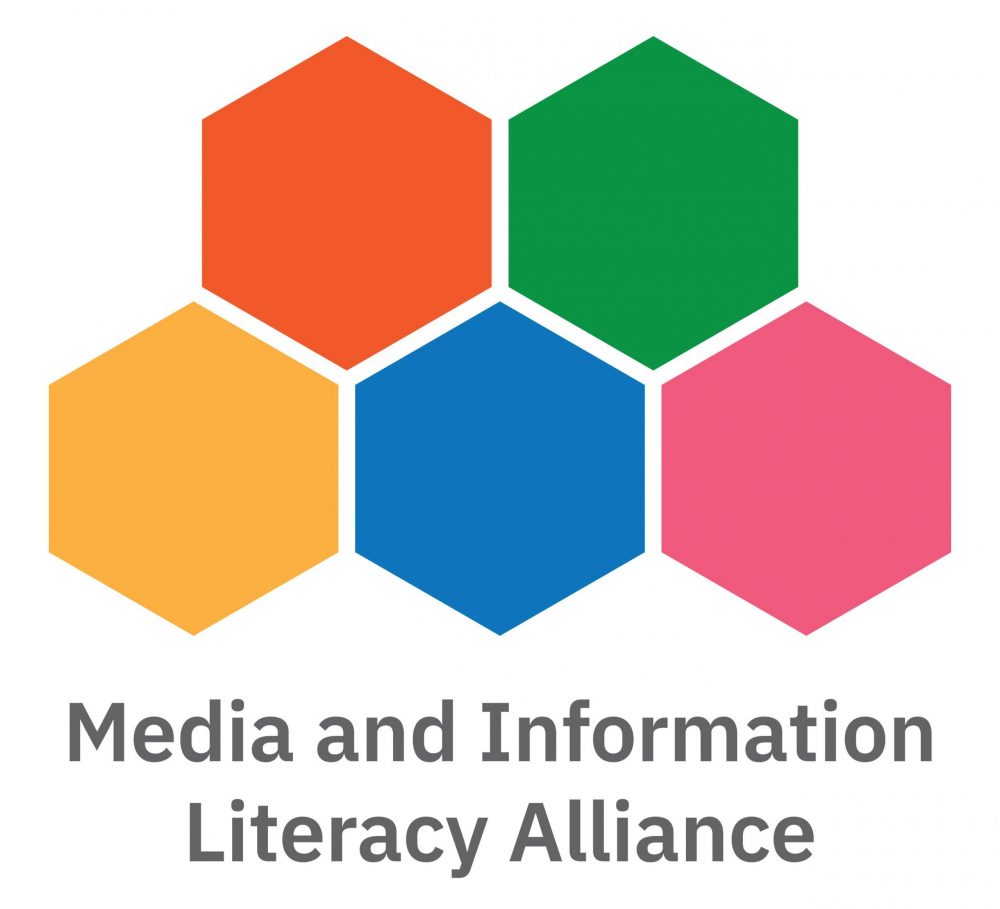The long-awaited Sanderson Review of England’s public libraries was published in early 2024 and has sparked much debate and discussion around the central themes it uncovers as well as the responses it offers to these. The Review was commissioned last autumn by the Department for Culture, Media and Sport (DCMS) and was independently conducted by Baroness Sanderson, who visited libraries across England, consulted a range of organisations connected to libraries and examined international comparative examples as part of the review process. The findings of the Review will help to inform a new government strategy for public libraries to be developed by DCMS and published later this year.
In principle, the key findings of the Review are that:
– There is a lack of recognition across government, both locally and nationally, about the work that libraries do;
– There is a lack of awareness from the general public about what modern libraries offer;
– There is a lack of comprehensive national data available on library services and on their overall societal impact;
– The sector itself requires a more comprehensive sense of what the government wants to see from it.
Selected proposals made by the Review to address these issues include the creation of a dedicated Libraries Minister within government, the establishment of a Libraries Laureate to raise the national profile of the sector, an enhanced role for the British Library in leading the sector as the ‘front door’ for all related issues and a sustained publicity and branding campaign to raise awareness of the multiplicity of roles that libraries undertake.
From an information literacy perspective, these recommendations all make sense – more impactful libraries ultimately mean better and broader information literacy skills. Yet there is still some way to go before this can claim to be the case; the Review rightly tackles head-on the critical need for the collection of enhanced data on a national scale to illustrate the impact libraries have., Historically, data on public library usage has been collated and published annually by CIPFA, the Chartered Institute of Public Finance and Accountancy – which is not specifically a library-centred organisation. but this The data is largely focused on collating large-scale pragmatic usage information and data mining this for strategic operational purposes. Moreover, there is an increasingly widespread view that the data is no longer fit for purpose. As far back as 2018, the government-appointed Libraries Taskforce criticized the CIPFA statistics for being too crude and not reflecting the full reality of library activity. Libraries Connected expressed similar concerns in 2022 and the Sanderson Review itself emphasizes the inability of the statistics to provide a sufficiently rounded and sophisticated picture of what libraries do. And as the Review points out, the most recent CIPFA survey included returns from only about 45% of library authorities in England. To cap it all, CIPFA hides its data behind a very expensive paywall – £480 for the latest annual volume – which is a pretty outrageous approach to presenting data from public bodies.
Recent work by MILA and Edinburgh Napier University on the other hand has shown the wider impact of information literacy on society, and by covering a wide range of topics and concepts they illustrate examples of missed opportunities where enhanced levels of information literacy skills could have better and more sustained societal impact. An example could be made here of say citizens with low-levels of health information literacy suffering from poorer health outcomes. Here, public libraries are the most obvious venue in developing such skills given that they are ‘locally led, regionally supported and nationally developed’. Yet for public libraries to be truly impactful in a post-Sanderson world this key role as centres of information literacy formation must surely also be considered as being as critical to societal well-being as that of say their digital access provision or role within community cohesion. The Review itself recognises this pivotal role only obliquely and in non-specific ways. To achieve such recognition, it is arguable that libraries’ impact on developing critical information literacy skills must too be measured, datafied and brought to the fore to highlight their critical role in developing and sustaining information literacy skills appropriate to the needs of their audience.
Without utilising such an approach, the Sanderson Review risks missing another opportunity to tell the full story of the impact our public libraries truly have. As ‘weathervanes of their communities’, our understanding of the critical information literacy role public libraries play must be acknowledged and developed too in order to successfully navigate the challenges ahead for our 21st-century society.
Further details can be found at:
An independent review of English public libraries – report and government response – GOV.UK (www.gov.uk)
Information literacy and society – MILA report – Media and Information Literacy Alliance
Thanks to Drew Feeney & Stephane Goldstein for this post.


